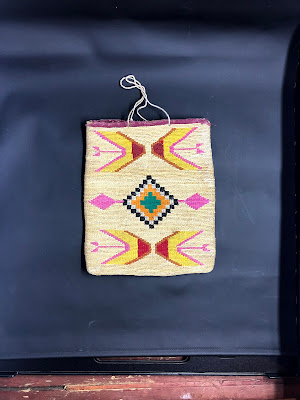#44 Trick or Treat 52 Ancestors in a Year
The trick was to find the passenger record of Peter Paul Deewall. Records for Peter Paul had been searched many times. But there was a trick involved to find it. It took research to find the trick!
Spending a week at the Family History Library in Salt Lake City was the beginning of the treat. I was certain I could find the information I needed at the world’s best location for genealogy records. I knew the details of his life, and had read numerous accounts of his story. But searches revealed nothing.
The family story written by his daughter tells the story of Peter Paul leaving Germany in the middle of the night with family friends since his stepfather disliked him. I knew the name of the friends so searched for his friend, Ludwig Odom. And I found a Ludwig Odon baptism record in Germany. I knew it was Peter Paul’s friend! I was assured that there is no way I had proof and no way could I assume that was his friend. But I KNEW…unfortunately I couldn’t find Peter Paul.
One morning at home, I sat at the computer and re-read the story and began on-line searching using wild cards in the search as well as different names that might sound like Deewall. When I searched for Lewis Otton, I found the traveling group! While I had searched for years for Mary Odom, Ancestry had indexed her with the last name of Widow; since that what was written on the passenger record. And yes, Peter Paul Duval was traveling with them! The age was correct for our Peter Paul Deewall. Deewall and Duval are close, especially if one would be speaking German.
New York, Passenger and Crew Lists (including Castle Garden and Ellis Island) 1820-1957. Database with images, Ancestry. (http://Ancestry.com : viewed 4 November 2019), image 1042, Entry for Peter Duval, age 22, arrived 23 May 1842 on Rowland from Le Havre, List Number 354, Line 19. Citing NARA, New York, New York, M237 (1820-1897) Roll 48.
Further research would lead me to more information about Peter Paul Duval (Deewall) in Germany. I was able to locate his birth and baptism and confirmation records. A family list in the community listing everyone's pedigree provides information that Peter Paul's mother did remarry after the death of her husband. The family list also includes the date of May 1842 when the Odon family left for America. But Peter Paul is not included in the information as leaving for America. Perhaps the family story is true!
Evangelical Church in Ludweiler, Germany
The Treat was finding Peter Paul Deewall, and information. But the real TREAT was going to his church in Ludweiler, Germany in 2015!



































